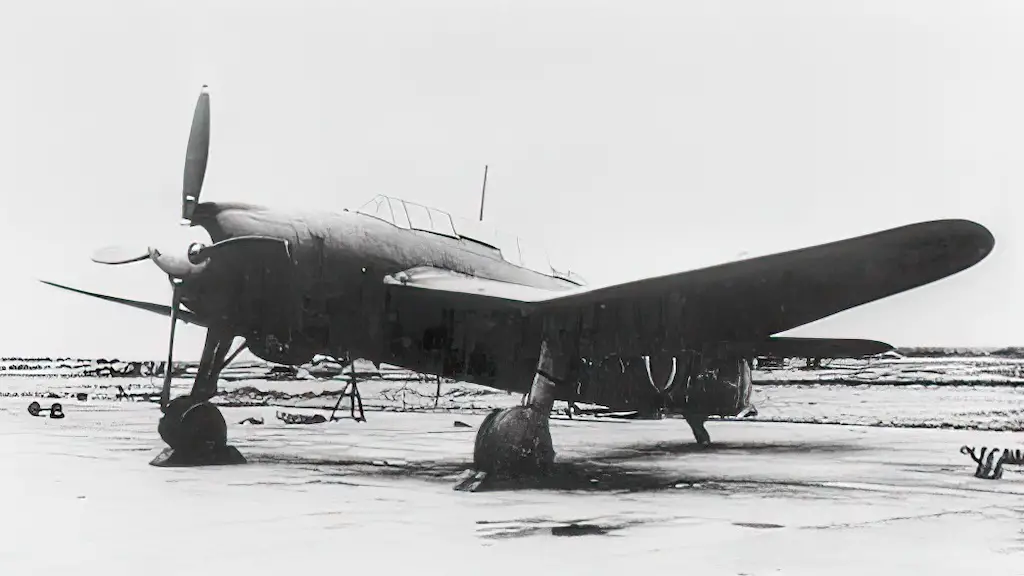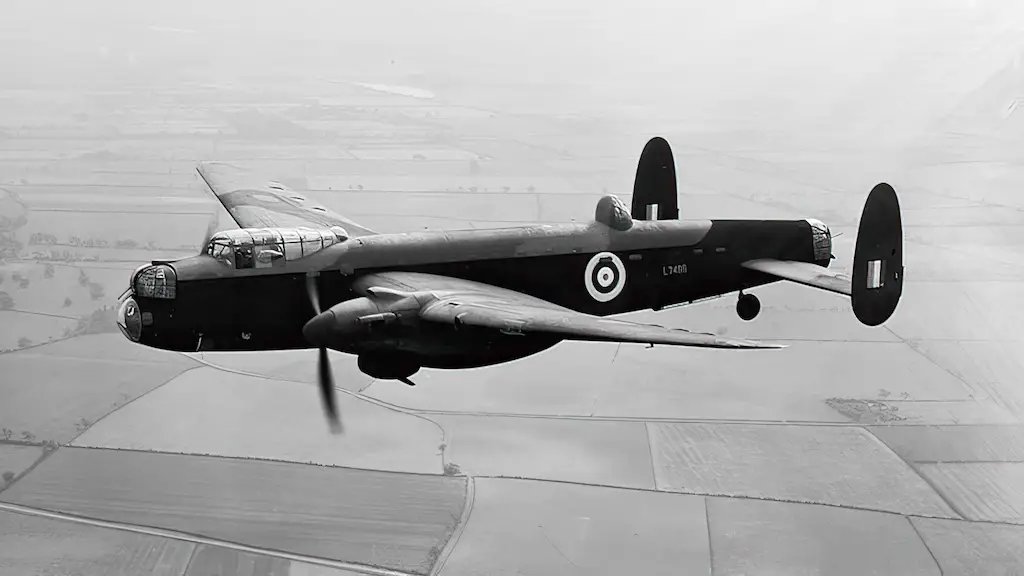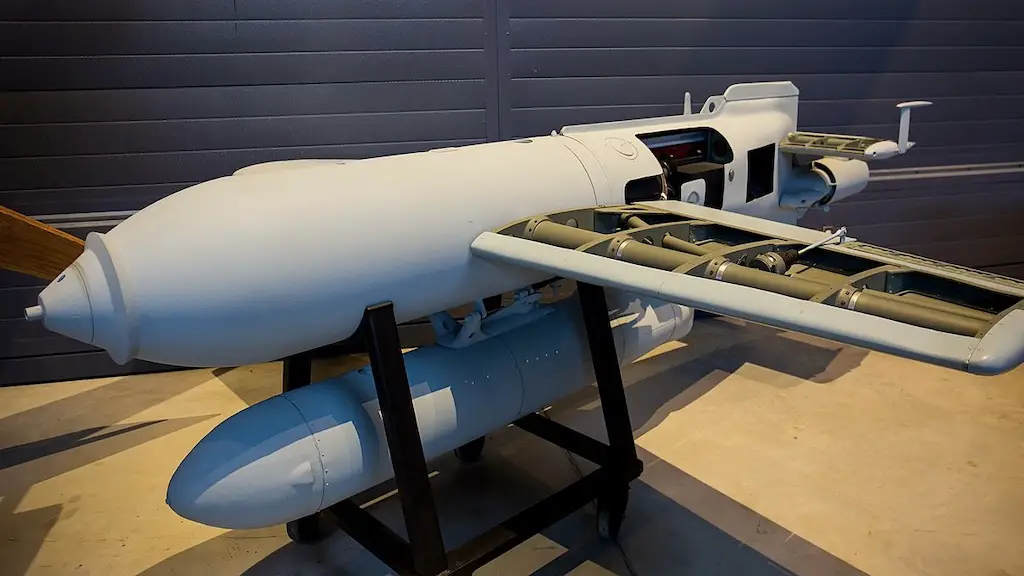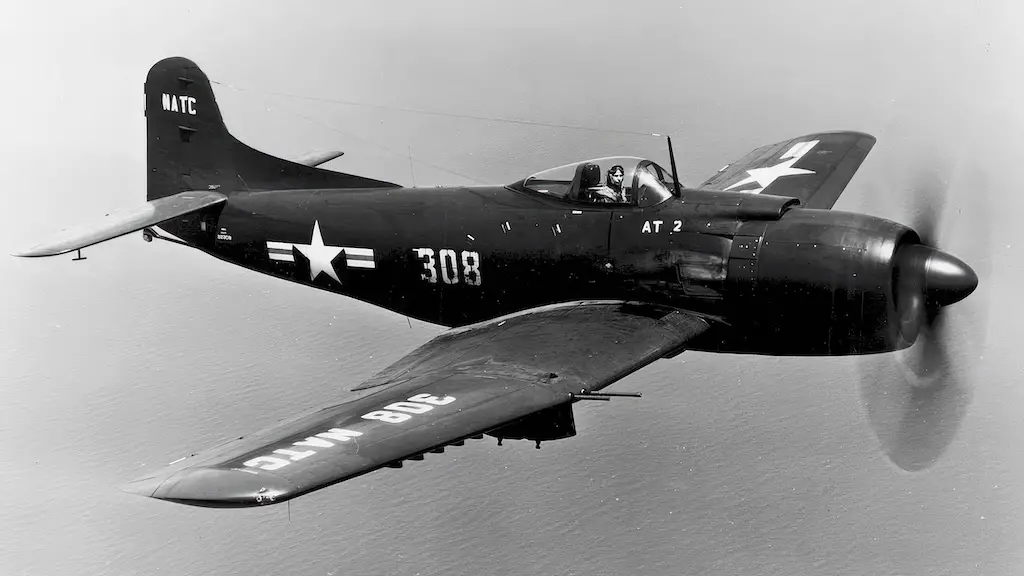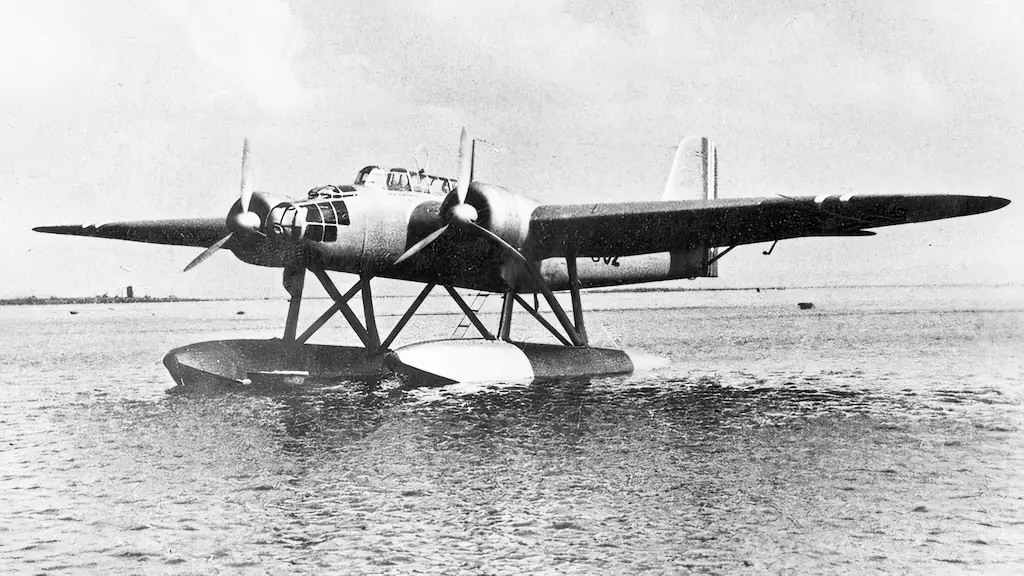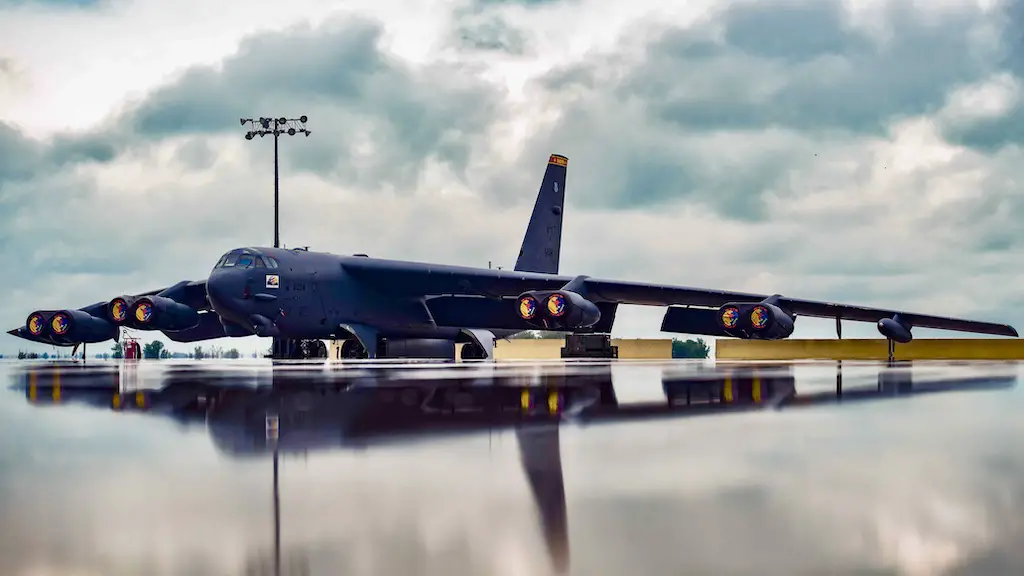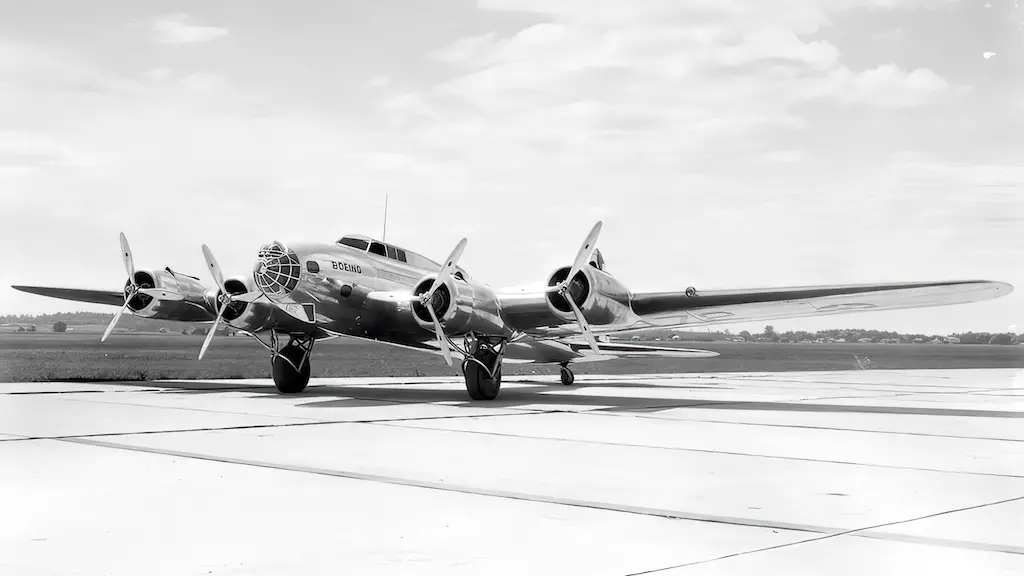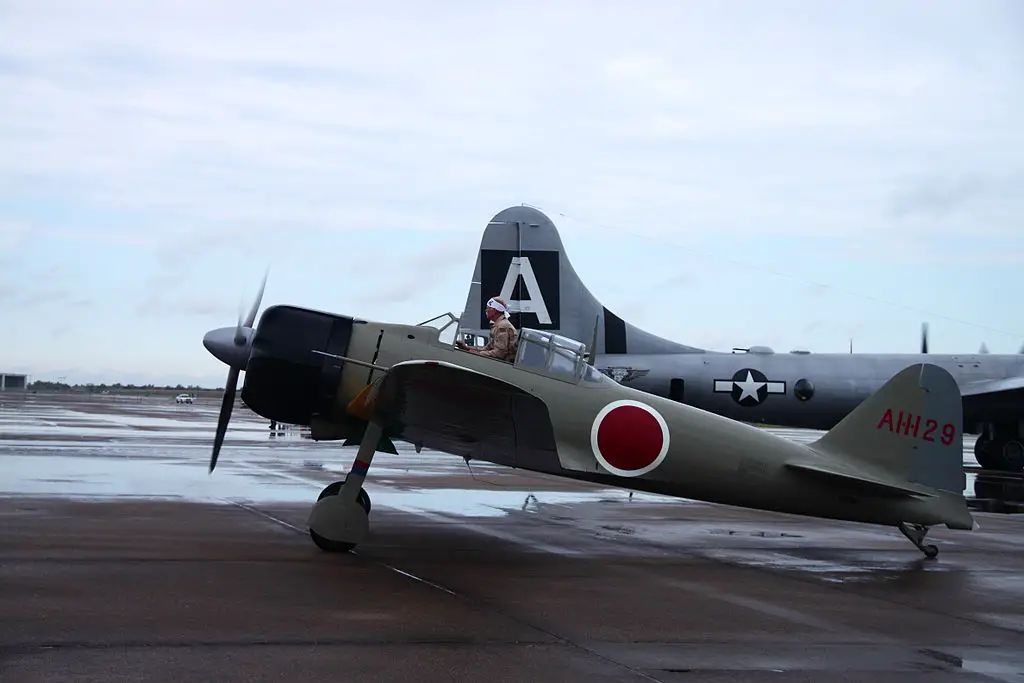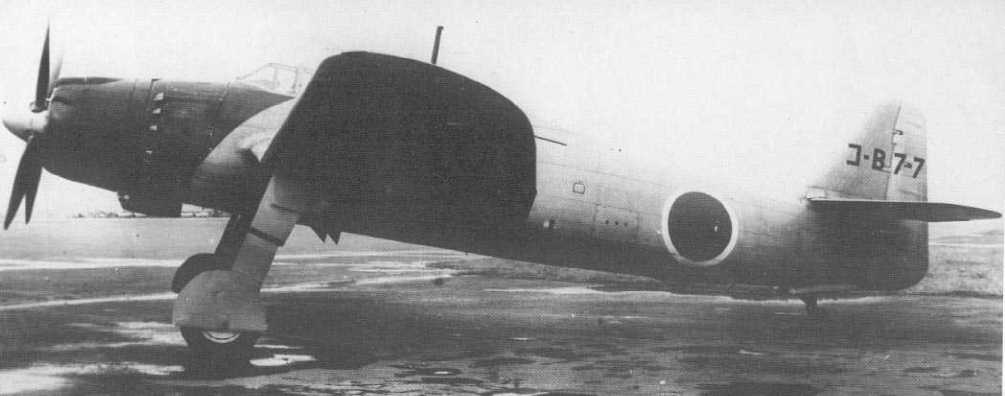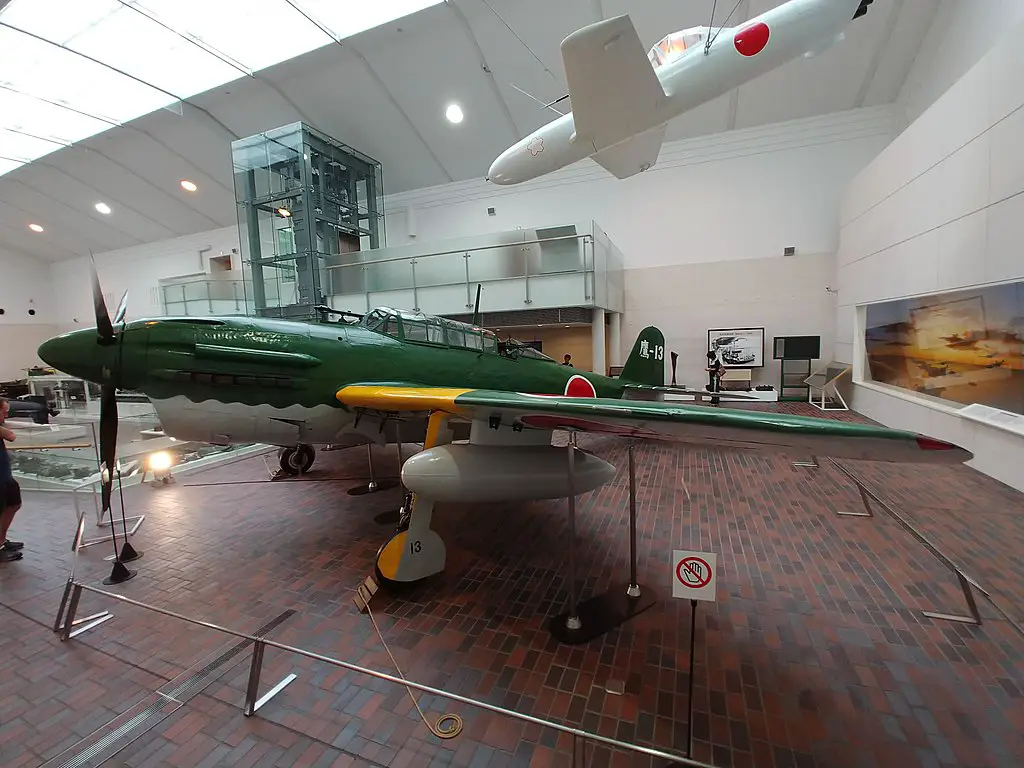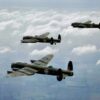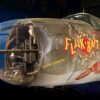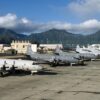In 1941, Japan’s war industry was on a roll, pumping out new tanks, planes, and ships. There were plans for the construction of aircraft carriers of a new generation: the Taihō-class, which would be able to carry larger aircraft. That made possible the development of Aichi B7A Ryusei, also known by its Allied reporting name “Grace.” It was a fine aircraft. In fact, it could have become one of the best Japanese aircraft of WWII, had it not met certain obstacles on the way.
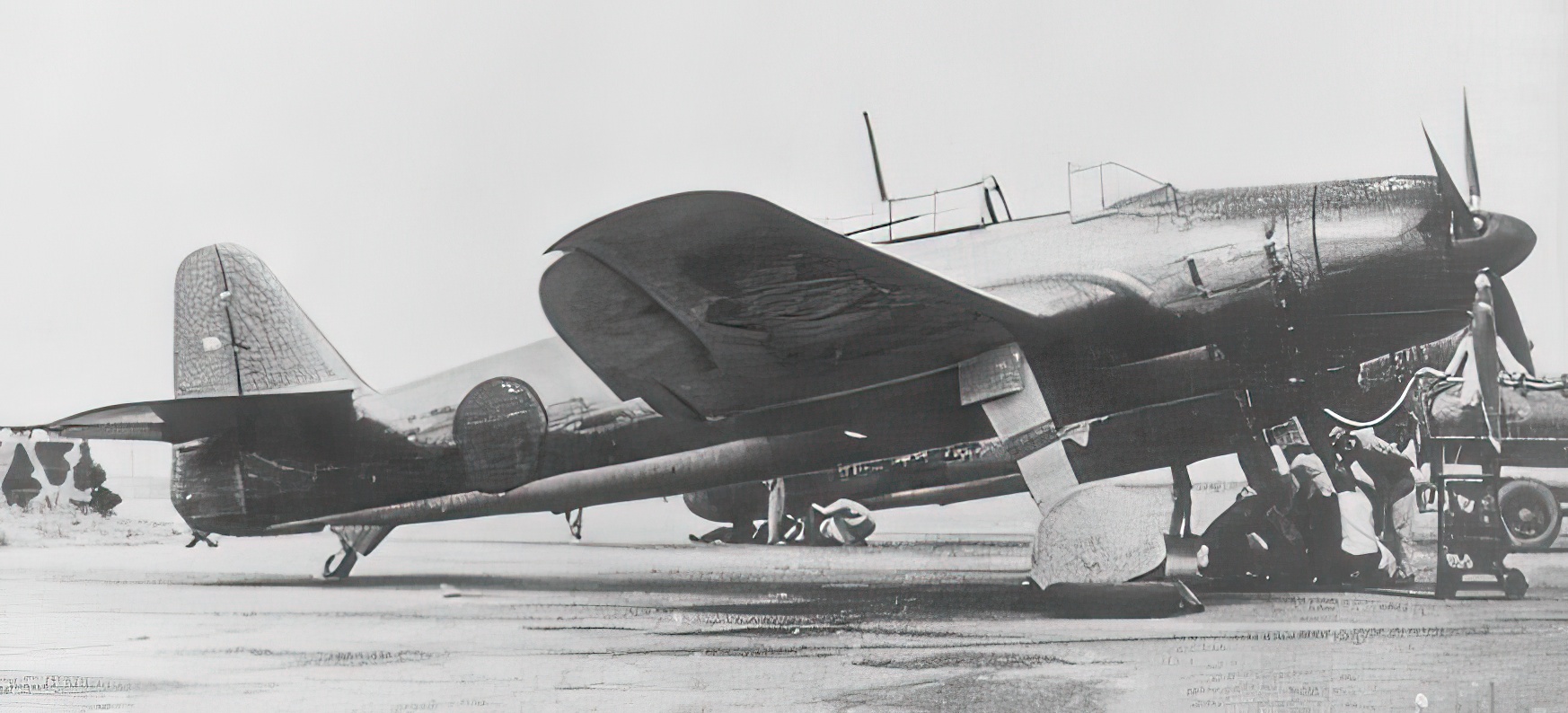
Combining the jobs of torpedo plane and dive bomber
In 1941, the Imperial Japanese Navy drew up a specification for an aircraft that would effectively combine the functions of the Nakajima B6N Tenzan torpedo bomber and the Yokosuka D4Y Suisei dive bomber. It would carry two 550 lb or six 132 lb bombs within an enclosed bomb bay or a single externally mounted torpedo weighing up to 1,870 lb.
That was comparable to Tenzan and Suisei’s bomb load capacities, but the new aircraft would also be faster and have a much greater range. To achieve those capabilities, Aichi Kokuki equipped the new plane with Nakajima Homare radial engine developing about 1,800 hp.
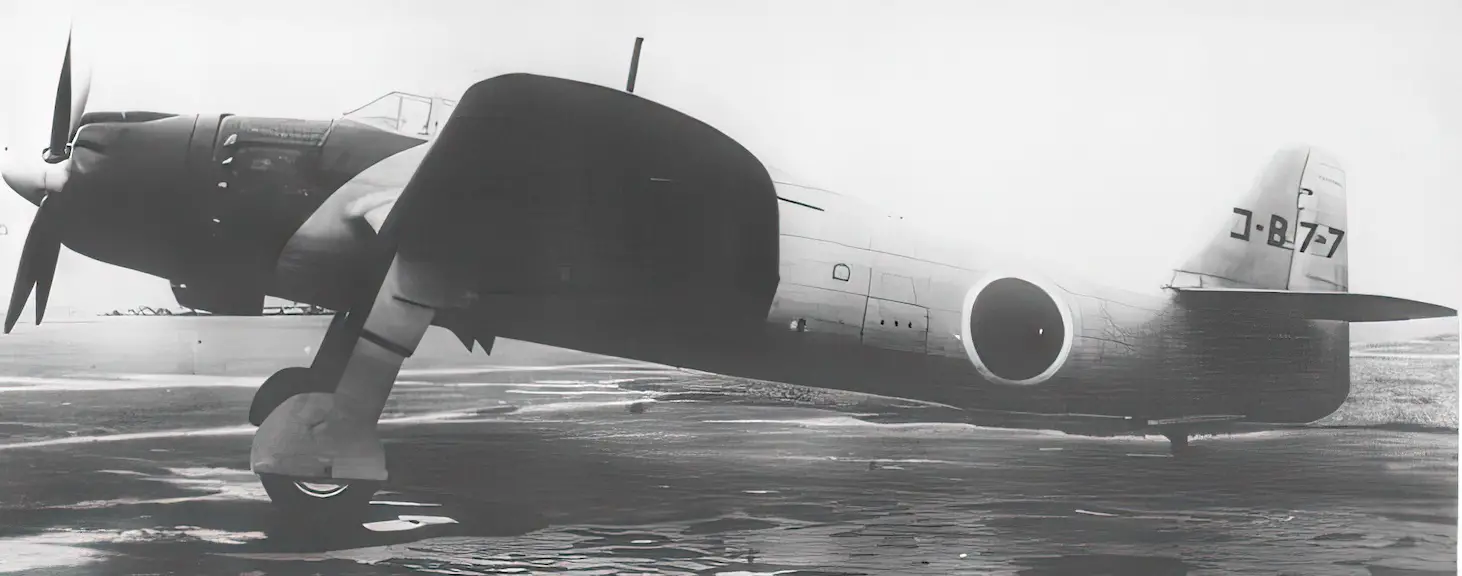
Nowhere to land
The first prototype flew in May of 1942. However, various teething problems led to a protracted testing and development period. Many of them stemmed from the engine, which was still pretty much at the experimental stage. The B7A’s mass production was launched only in April of 1944. But by then the situation in the Pacific had changed dramatically.
The war was now taking its toll on Japan. The Taihō carrier was sunk in June of 1944 during the Battle of the Philippine Sea, and the Shinano carrier in November of the same year. So, when the Ryusei finally started entering service, there simply were no more carriers it could operate from. It had to use land bases and, consequently, saw only very limited combat deployment, mostly as a kamikaze platform.
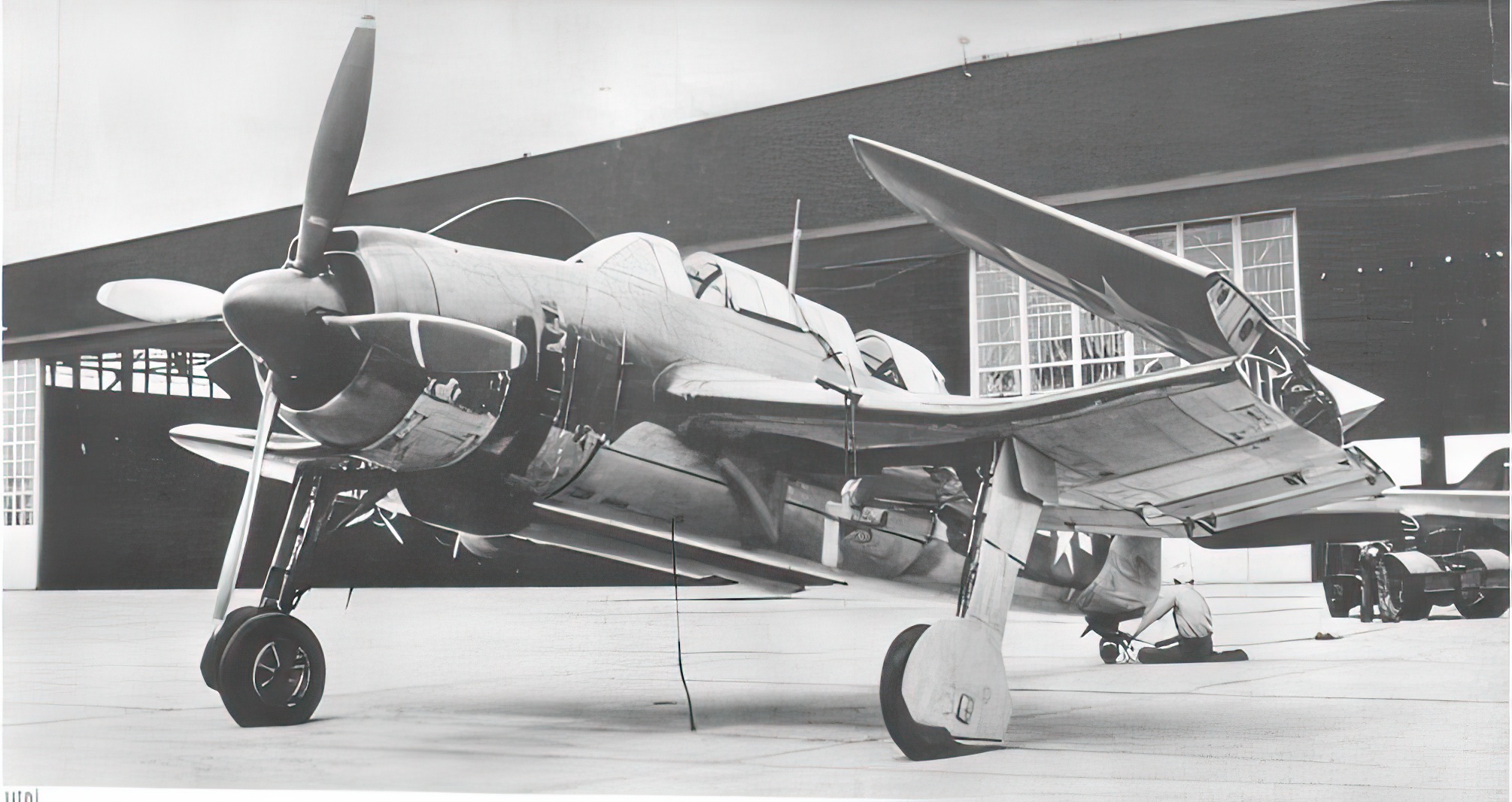
Nowhere to build
But misfortune never comes alone. Another trouble was soon added to the lack of aircraft carriers to operate Ryuseis from. Only 80 production aircraft had been manufactured, when a powerful earthquake hit the Aichi factory at Funakata in May of 1945. A couple of dozen more Ryuseis were built at the Naval Air Arsenal at Omura, but, of course, that didn’t make much difference.
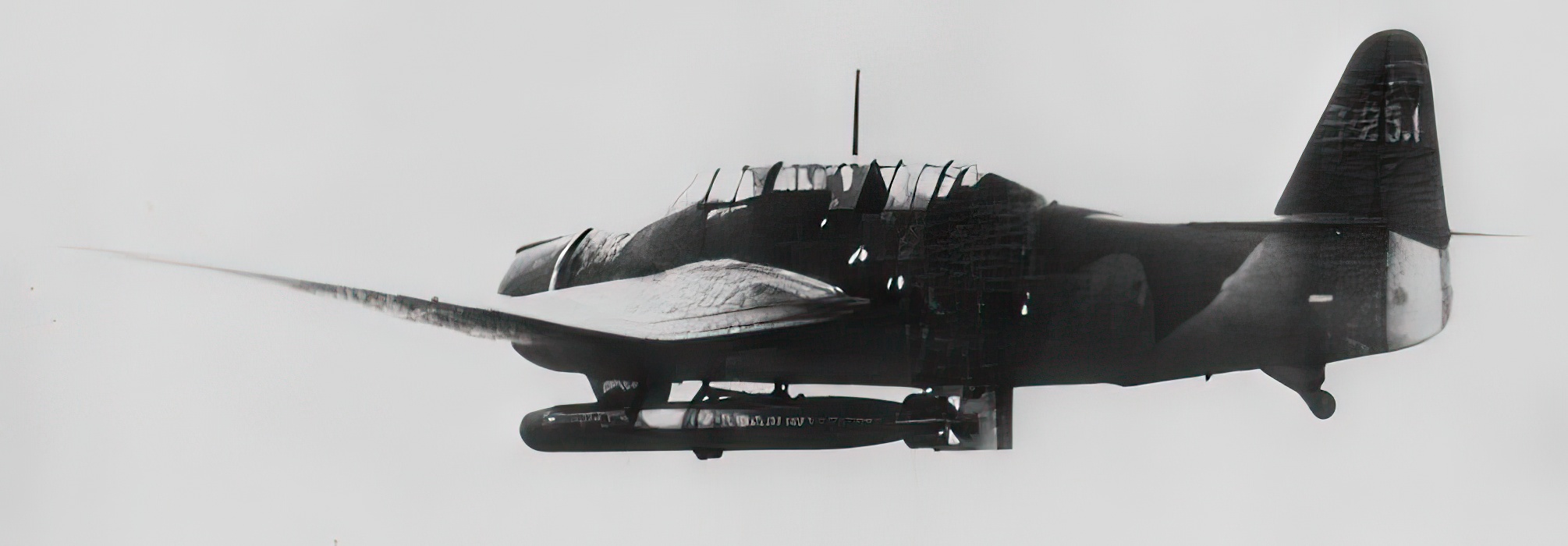
Thus, this aircraft, which, indeed, displayed very good flying and handling characteristics—outperforming even the current version of the A6M Zero fighter—never got to play any serious role in the war. Plans to develop B7A3 Ryusei Kai version featuring an even more powerful 2,200-hp engine never went anywhere either.
The only surviving specimen of this aircraft is kept today at The Smithsonian’s National Air and Space Museum.

